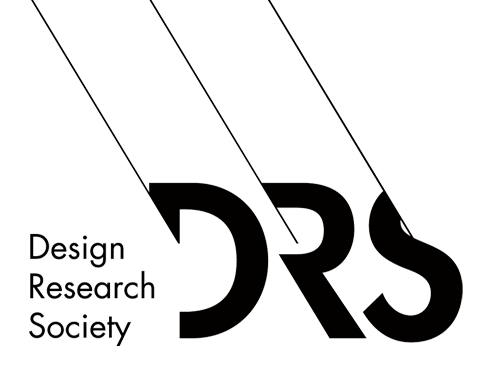Abstract
This study explores the potential of masks as structured datasets that encode physiognomic, emotional, and archetypal information, influencing narrative construction and audience perception. Using a qualitative research approach, the study investigates how mask design elements—shape, gaze, and expression—impact cognitive and emotional responses in storytelling. A sequential panel of images featuring masked characters were used as stimuli, engaging participants with diverse design expertise in a narrative exercise. The selection of three masks with similar styles and one distinctly different mask (blue in colour) was intentional to examine how visual deviations influence narrative perception. This setup allowed the study to explore whether participants would integrate the blue mask into the group or perceive it as an anomaly, shedding light on how colour and stylistic consistency, shape character perception and storytelling. This meaning-making process is deeply personal yet grounded in archetypal cues, displaying the mask’s capacity to encode emotional and symbolic data. The findings reveal consistent interpretations of masks based on archetypal and emotional cues, though the study also identifies an outlier: the blue mask, which repeatedly disrupted expected narrative patterns. This raises questions about the balance of visual elements within a dataset and their effect on perception, suggesting a need for future studies to explore controlled variations in mask styles, colour schemes, and detail levels to assess their impact on narrative interpretation. Additionally, the study acknowledges limitations arising from the use of static imagery, suggesting future research incorporating movement-based methodologies for a more embodied understanding of masks in performative settings. By positioning masks as carriers of data that encode physiognomy, archetypes, and emotional depth, the study emphasizes their role in bridging tradition and innovation. This interdisciplinary approach enriches understanding of identity, perception, and storytelling, underscoring masks' enduring relevance in design, education, and performance.
Keywords
mask; physiognomy; narrative; perception; embodiment
DOI
http://doi.org/10.21606/eksig2025.121
Citation
Jain, S.,and Bokil, P.(2025) The Physiognomy of Masks: Exploring their Role As Data Carriers in Narrative Creation, in Karyda, M., Çay, D., Bakk, Á. K., Dezső, R., Hemmings, J. (eds.), Data as Experiential Knowledge and Embodied Processes, 12-13 May, Budapest, Hungary. https://doi.org/10.21606/eksig2025.121
Creative Commons License

This work is licensed under a Creative Commons Attribution-NonCommercial 4.0 International License
The Physiognomy of Masks: Exploring their Role As Data Carriers in Narrative Creation
This study explores the potential of masks as structured datasets that encode physiognomic, emotional, and archetypal information, influencing narrative construction and audience perception. Using a qualitative research approach, the study investigates how mask design elements—shape, gaze, and expression—impact cognitive and emotional responses in storytelling. A sequential panel of images featuring masked characters were used as stimuli, engaging participants with diverse design expertise in a narrative exercise. The selection of three masks with similar styles and one distinctly different mask (blue in colour) was intentional to examine how visual deviations influence narrative perception. This setup allowed the study to explore whether participants would integrate the blue mask into the group or perceive it as an anomaly, shedding light on how colour and stylistic consistency, shape character perception and storytelling. This meaning-making process is deeply personal yet grounded in archetypal cues, displaying the mask’s capacity to encode emotional and symbolic data. The findings reveal consistent interpretations of masks based on archetypal and emotional cues, though the study also identifies an outlier: the blue mask, which repeatedly disrupted expected narrative patterns. This raises questions about the balance of visual elements within a dataset and their effect on perception, suggesting a need for future studies to explore controlled variations in mask styles, colour schemes, and detail levels to assess their impact on narrative interpretation. Additionally, the study acknowledges limitations arising from the use of static imagery, suggesting future research incorporating movement-based methodologies for a more embodied understanding of masks in performative settings. By positioning masks as carriers of data that encode physiognomy, archetypes, and emotional depth, the study emphasizes their role in bridging tradition and innovation. This interdisciplinary approach enriches understanding of identity, perception, and storytelling, underscoring masks' enduring relevance in design, education, and performance.

